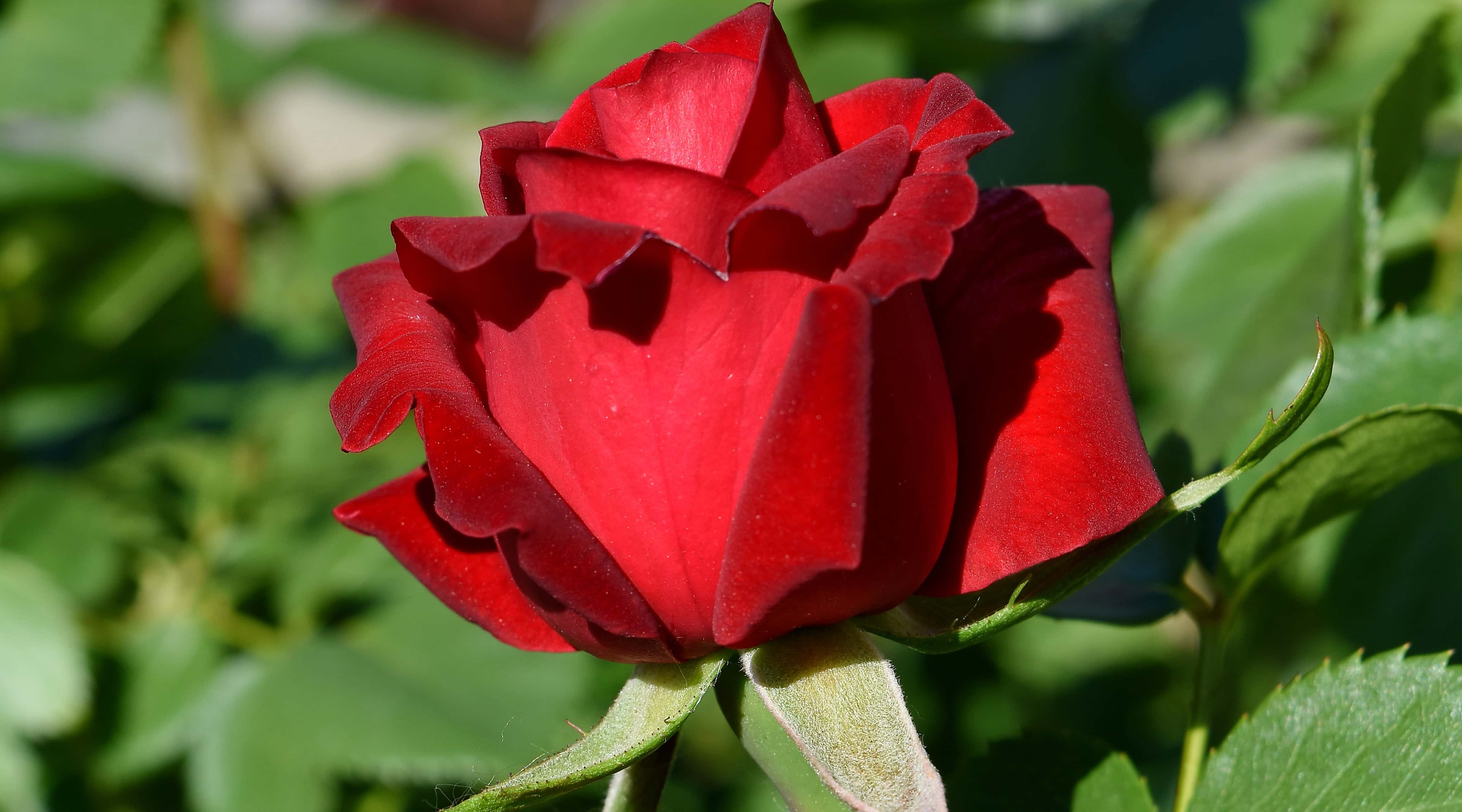Less than 24 hours later, the arboretum supplied an update on social media saying the corpse flower was “truly a corpse.” They planned an post-mortem to find out its cause of dying. A rare corpse flower is making ready to bloom on the San Diego Botanic Garden in Encinitas. Terra bloomed on the Conservatory of Flowers in 2017 and is now about to bloom 3 years later right here. Amorphophallus titanum vegetation take a median of 7-10 years to bloom for the first time. After this initial bloom, they'll re-bloom every 3-5 years thereafter.
Could this snazzy bract assist entice pollinators to visit the various tiny Read Home Page flowers inside? As its name suggests, the Swamp Arum is an aquatic plant present in swamp forests and ponds of Western Africa. Amorphophallus titanum is the Holy Grail of the plant kingdom.
Corpse Flower is a reasonable feeder needing a balanced fertilizer because the growing season begins, being certain to taper off as fall approaches. A top-dressing of an organic fertilizer a couple times in the course of the rising season is enough. Corpse Flower was first discovered within the tropical forests of Sumatra the place even there, it's rare in its native habitat. It is a member of the Aroid family and also known as the Titan Arum. Corpse flower blooms last approximately 24–36 hours on common. Octavia, one of many Garden's Amorphophallus titanum specimens, is blooming today, Thursday, August 5.
While this structure looks like an enormous single flower, it’s actually an inflorescence, or stalk of many flowers. This was the primary titan-arum to flower in the Western Hemisphere, and the Conservatory was mobbed with visitors, reporters, and photographers. Its eight-foot spadix was the biggest ever grown in cultivation. Pollak defined that dung beetles, flesh flies and other carnivorous insects are the primary pollinators of this kind of flower.

Once it does, the putrid stench of its large, magenta flower may be smelled for miles, earlier than the flower wilts inside just a few days. Corpse flowers are native to Sumatra, Indonesia, and bloom for the first time after the first 8-10 years of their lives. Once a plant blooms, it may bloom once more in as little as two or three years. That fringed structure, which resembles a wrinkled cape draped around the spadix, hides the precise flowers, which are small and difficult to see. The plant’s garbage-like odor can journey a half-mile, attracting flies and beetles that choose up pollen and carry it to different plants.
Hundreds packed into the arboretum to catch a glimpse — and a whiff — of the corpse flower last Friday, after arboretum employees introduced on Facebook that Big Ed was getting ready to bloom. Onlookers take within the sight and scent of the rare and endangered corpse flower on the UC Santa Cruz Arboretum. Those who’ve experienced the scent of the large Amorphophallus titanum flower compare it to the stench of rotting flesh that’s been sitting out in the solar for a number of days.
In its natural environment, the corpse flower is pollinated by carrion beetles, sweat bees, and flesh flies. It attracts those insects by releasing some serious stink! The sturdy smell can travel long distances in the corpse flower’s native tropical forests. Insects can decide up the scent in time to pollinate the flowers throughout their quick bloom interval. Two chemical compounds contributing to the scent are dimethyl disulfide and dimethyl trisulfide.
Roughly 9 months after pollination, the fruit has darkened to a bright pink and is ready to be harvested. The seed of the fruit could be planted to provide a new corm. The length of time concerned within the seeds rising to maturity implies that our titan arums will return to the production greenhouses as quickly as their blooming cycles are full.
A vulnerable species is considered as such as a outcome of it's more probably to turn out to be endangered until the circumstances threatening its survival and reproduction improve. Vulnerability is mainly brought on by habitat loss or destruction. There are at present four,914 crops classified as weak, compared to 2,815 in 1998. A. When a corm is grown from seed, it could take some time to achieve the scale necessary to assist a bloom, often about ten years. Despite the challenges, conservation organizations and botanic gardens have gotten good at reintroducing crops, Maschinski says.
No, blooming will not end the life cycle of the titan arum. If pollinated, it'll produce fruit within the subsequent 6 to 12 months. In its native Sumatra these fruits are much prized by rhinoceros hornbills, which spread the seeds round their native rainforest habitat. Once the fruit is ripe, the plant will totally dieback and after a yr or so of dormancy, will reemerge in its vegetative kind, gathering power for a few cycles until it is able to bloom again. The corpse flower is a tricky plant to preserve exterior its native habitat.